|
Brick Through The Window: An Oral History Of Punk Rock, New Wave And Noise in Milwaukee, 1964-1984 by Steven Nodine, Eric Beaumont, Clancy Carroll, and David Luhrssen (Brickboys 2017) -- review by Jerry Kranitz History can only be fully told when its many parts and pieces are identified, analyzed as individual components, and, ultimately, tied together for a larger understanding. My favorite music magazine is Ugly Things, which was launched in the early 1980s as a homemade zine and now publishes two 150+ page issues a year. Subtitled Wild Sounds From Past Dimensions, the magazine focuses on Beat, garage rock, psychedelic, and good old rock ‘n’ roll bands from the 1950s 70s, with occasional forays into the 1980s. What I love most about Ugly Things is the incredibly detailed interviews. The writers will track down obscure bands, often 60s groups who may have only had one single released, and publish 10-15 page interviews. The historical value of these interviews is the moment-in-time pictures they paint of local music scenes, as well as the insight they provide into the artists’ management and record company experiences. Brick Through The Window: An Oral History Of Punk Rock, New Wave And Noise in Milwaukee, 1964-1984 is like reading a 600+ page single topic issue of Ugly Things. The ‘Oral History’ of the title is exactly how the book is structured. The four authors conducted detailed interviews with Milwaukee music scene participants from the era and organized quotes into an impressively organized and absorbing tale of one city’s experiences, contributions to the larger punk historical record, and the lasting influence on its participants. If you liked the format of Neil Taylor’s Rough Trade history, this is very similar. http://brickthroughthewindow.com/ I became interested in the book after reading a review in… Ugly Things! And my purchase decision was locked in after cassette culture-Uddersounds-F/i-Vocokesh veteran Richard Franecki told me he had been interviewed by the authors. I am by no means a walking encyclopedia of bands. I’ll be fascinated by an Ugly Things interview, but beyond listening to the subject on YouTube, may not necessarily remember them. My attraction to all these stories is the way in which they come together to shape an understanding of the “Hows” and “Whys” of history. The entire book paints a picture of an enthusiastic and mutually supportive local scene, well steeped in the DIY ethic. Musician and radio DJ David Gunkel recounts a classic punk era DIY approach to everything: “You had bands with absolute crap equipment, but they made it work. You had drummers using everything from cardboard boxes to trashcans. You had lead singers who simply did not fit the profile of frontman, yet they got up on a crappy excuse for a stage and belted out lyrics, even if the crap PA system couldn’t provide enough output for anyone to hear him or her.” Gunkel also describes what he calls DIY nightclubs and cassette production that will resonate with EC readers: “Like the Lincoln Arcade shows we did with the Laytons, the Shemps and the Honest Disgrace, where band members took turns booking the event, running the door and tending bar. A mere 25 cents for a beer cup and all-you-can-drink beer. What the fuck were we thinking? And you had basement recording studios churning out low-fi gems on cassette tape, and kitchen-table makeshift art departments producing the Letraset posters that decorated the street corners and facades of vacant buildings. No one knew shit, but that did not stop us.” Entire chapters are devoted to Milwaukee punk clubs Zak’s and Starship. Co-author Clancy Carroll, explains how those two clubs, from 1977-82 were key facilitators for local bands. In 2001 Carroll was involved in the compilation of the History in 3 Chords 2-CD compilation, which was intended to represent this period in Milwaukee punk history: “The beginning of punk rock in Milwaukee to the end of the Starship in ’82. The golden era, if you will, at least how Scott Krueger, Jeff Menz and I defined it when we put together that compilation. Most of the songs on there I remembered just from hearing in the clubs.” It was all about the local Milwaukee scene. As musician Kevn Kinney explains, “These were great times to be young and hungry. What I learned most was: if you want to create, create. It doesn't have to be polished. It doesn't have to be approved. Technique can be learned. Sharing and being part of the community should not only be welcomed but absolute.”
The sharing and community minded aesthetic truly was local. In fact, Richard Franecki is the only interviewee who touches on the global network and OP magazine. When I asked him in an email exchange if he and F/i were somehow outliers he replied, “I was probably the ONLY one in Milwaukee who got into the network as extensively as I did. Everyone else in the 'scene' pretty much went the conventional route. Sort of like Chrome/Helios Creed and Damon Edge doing studio stuff at the expense of live gigs. We were sort of the same way, with EARLY F/i in particular. So YES, we were really into a whole other 'universe' than the rest of the musicians here in town. The result is that we developed a national reputation while other musicians became local celebrities, but were little known outside the Milwaukee area." This comment drew my attention to the many pages devoted to Milwaukee psychedelic revivalists Plasticland, who intentionally cast their net as widely beyond Milwaukee as possible and enjoyed a measure of success. And it’s a hoot reading about how the Violent Femmes, probably the era’s most successful Milwaukee band, had been ubiquitous street buskers. One of my favorite chapters is the one about WMSE, the Milwaukee School of Engineering radio station, whose freeform format included a heavy local focus. DJ Tom Crawford explains how local bands were always a predominant part of WMSE’s programming: “One of the people that took it to a level to make it an open door policy, Pete Christensen, was our station’s morning show host. Pete always said to bands, If I’m on the air, come on down. Don’t call me. If I’m on the air, you come on down. Bring your records, your cassettes; I don’t care. I’ll play them.” And I love Crawford’s description of how, “We were getting so much local music in that we took an old two-drawer wooden file cabinet and we converted it into a local music dropbox, right where you walked in the door. You pulled open the top drawer, you’d put your cassette in, you’d close the drawer and it’d drop into the box.” I checked the WMSE web site and they’ve currently got shows in their schedule with titles like Industrial Noise Core and Why My Head Hurts. WMSE listener Jeff Hamilton shares a memory that struck a chord with me: “Before I left for school, I would put a 120-minute cassette tape in and hit record. Couldn’t wait to get home and hear what I caught. Angry Samoans followed by the Grateful Dead, followed by MX-80 Sound, followed by The Shag meant I had found a station that knew my tastes before I even knew!” When I lived in Atlanta, Georgia from 1981-87, I was a devout WREK (Georgia Institute of Technology) listener. I still have several of what I labeled ‘WREK Rock’ cassettes, where I stuck in a blank and just hit record. They are all gems that I still listen to from time to time. Some are theme shows and others are as free-wheeling diverse as Hamilton describes. I just checked the WREK web site and my beloved Destroy All Music show from the early 80s is STILL in the schedule! Despite the 1964-1984 of the title, the lion’s share of the story is told from the late 1970s to mid-1980s. And the book is light on the Noise portion of the title (unless by ‘noise’ they mean ‘racket’). I asked Richard Franecki about this and the lack of F/i mention, to which he replied: “The extreme experimental 'noise' scene was a little scene within the broader scene, and not everyone is into stuff like that. The same ten people showed up for all our shows! And we all got to know each other better. Boy Dirt Car in particular. Eric Lunde and Darren Brown were/are great guys, and we REALLY supported each other, doing shows and appearances, resulting in the split LP on RRR in 1986. The reason F/i is not mentioned more is the fact that F/i reached a peak AFTER the time period the book deals with. We were a noise band (pre-drums) during the era the book deals with.” I single this out more as a point of personal interest and something that will be notable to EC readers. In any event, Brick Through The Window is a fun and riveting read that does a great job of showcasing this era in Milwaukee punk history through the eyes and memories of its participants (or some subset of them?). The History in 3 Chords compilation (linked above) is chock full of bands featured in the book. I also highly recommend the MKE Punk web site, which houses free downloads of bands from the era and is where the History in 3 Chords download lives. Another cool punk compilation on the site is America's Dairyland from 1983. Finally, F/i fans may be interested in free downloads of Richard Franecki’s pre-F/i punk band, The Shemps.
9 Comments
Chris Phinney
7/8/2018 20:16:56
Ahh the land of cheese lol, love the article! F/i a great band & always one of my favs, appeared on numerous HRM compilations. Richard Franecki a damn good friend back in the day. Been out of touch way to long such is life. I remember back in the day we Skoptzies were the warm up band for Milwaukees own Boy Dirt Car & Die Kreuzen who were on Ohios Touch & Go Records, at the Antenna Club, great show, I think but cant remember if Boy Dirt Car was on Touch & Go or not but I think some of the members were Die Kruezen & roadies for them, kinda like Black Flag & Nig Heist whom we played two back to back warm up gigs, the Heist were roadies twas funny to me as first night Heist played You Got A Tight Little Pussy, second night You Got A Tight Little Butthole, Well I got off track a bit comparing L.A. to Milwaukee lol but fun days none the less.
Reply
7/9/2018 04:15:49
That's cool you opened for Boy Dirt Car & Die Kreuzen Chris! Die Kreuzen are covered prominently in the book, and Boy Dirt Car to a lesser extent. I've been following Franecki's work to this day. Last year I wrote the liner notes to the Fractal Records (French label) reissue of Space Mantra, which was fun!
Reply
Adam J Naworal
7/13/2018 03:50:41
I have a soft spot for books about regional music scenes. This one sounds pretty fun! Thanks for the great article!
Reply
Jerry Kranitz
7/14/2018 04:10:48
THANKS Adam. I just found out about (and ordered) a similar book about about the Minneapolis scene called "Complicated Fun: The Birth of Minneapolis Punk and Indie Rock, 1974-1984"
Reply
Frank
7/18/2018 21:44:23
That's a nice article! I know absolutely nothing about the Punk-scene that you wrote about... but, since I kinda have a day off today, I can start exploring some more. Thanks!
Reply
Jerry Kranitz
7/19/2018 03:20:37
Thanks for reading Frank! I knew nothing about the Milwaukee scene other than my interest in F/i. But I have a geeky historical interest in all these local scenes. One of the fun things about reading a book like that is looking up the bands on YouTube while I'm reading. In the internet age pretty much ALL of them are there!
Reply
8/5/2019 17:39:05
Thanks for all the good words! I originally published the book titled "The Cease is Increase" (Ama-Dots song title) 3 years before I collaborated with Eric, David, and Clancy. We really made the effort to clean it up to be something I'm quite proud of. It took me 3 years to get all the interviews recorded and transcribed. Many thanks go to Michael Podalack of Sacred order who started the "Least we forget" Facebook page as a tribute to scenesters who have passed away (and subsequent punk reunion show). That sparked me interest in getting the story down we we were all still alive!
Reply
Jerry Kranitz
8/6/2019 03:18:41
Thanks for the comments Steve. As I said in the review, books like your a crucial documents of local scenes that help to paint a larger historical picture. Another good book oral history book I found after reading Brick Through The Window is "Complicated Fun: The Birth Of Minneapolis Punk and Indie Rock, 1974-1984" by Cyun Collins.
Reply
steven w nodine
7/31/2020 17:17:59
Right on, Jerry. Keep up the writing! Leave a Reply. |
Jerry KranitzJerry Kranitz published Aural Innovations: The Global Source For Space Rock Exploration from 1998-2016. AI started as a printed zine (nine issues from 1998-2000) and then went online for the duration. The web site also included regularly broadcast editions of Aural Innovations Space Rock Radio. Archives
January 2021
|
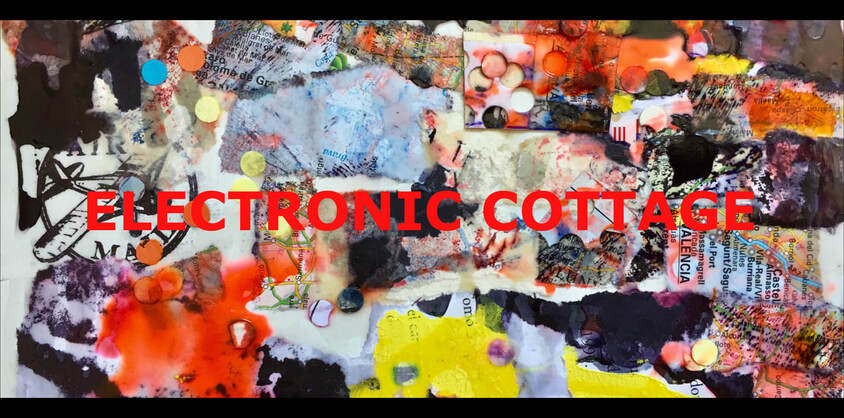
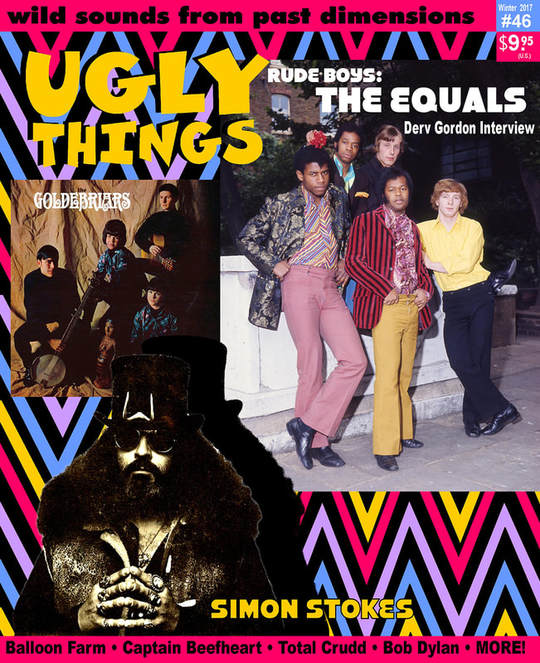
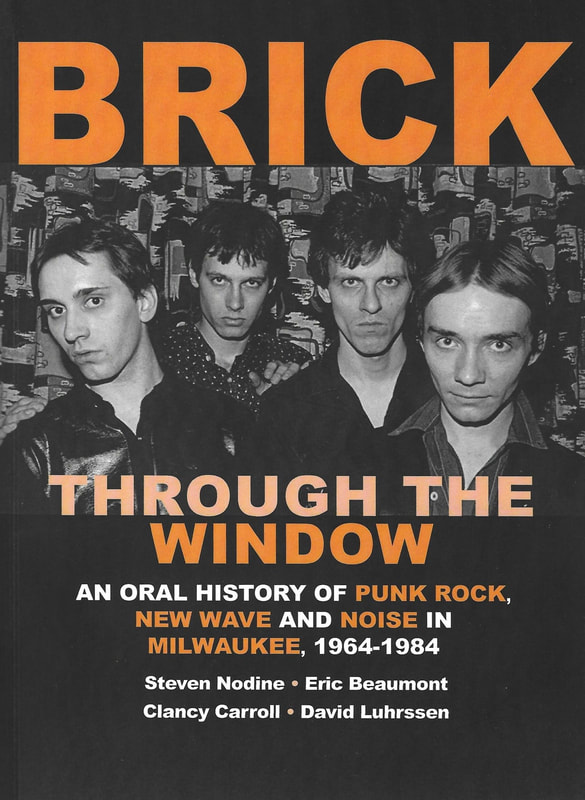
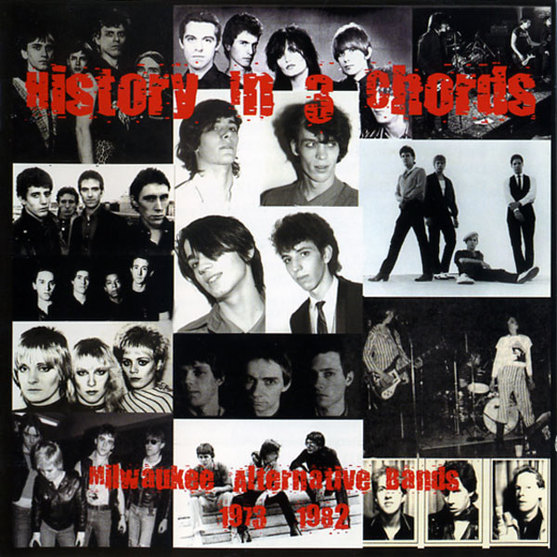
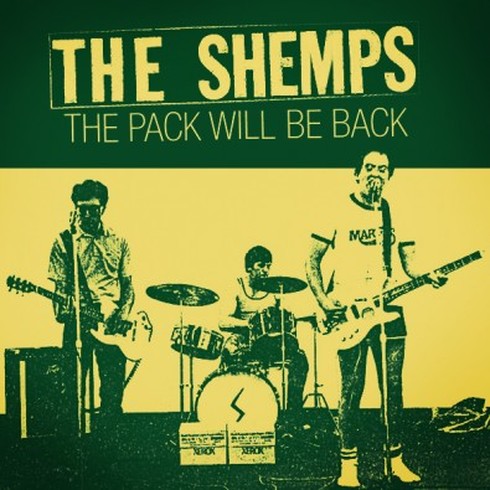
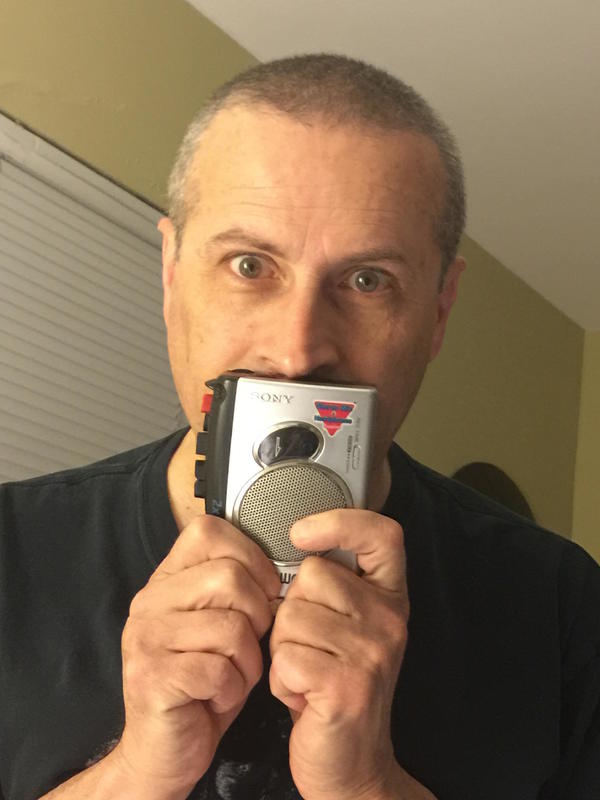
 RSS Feed
RSS Feed